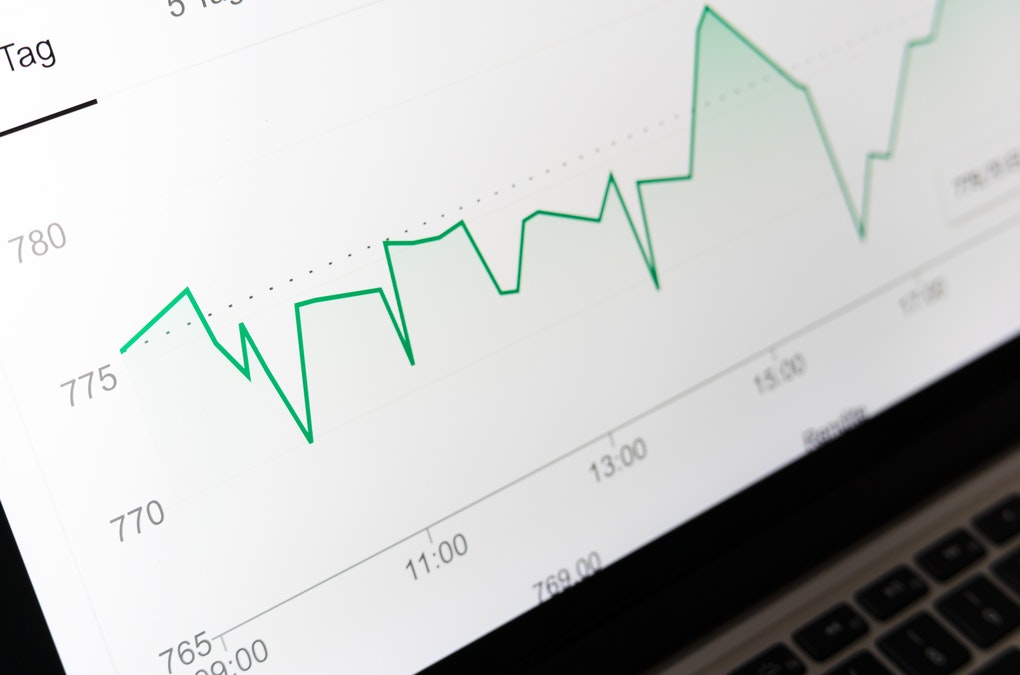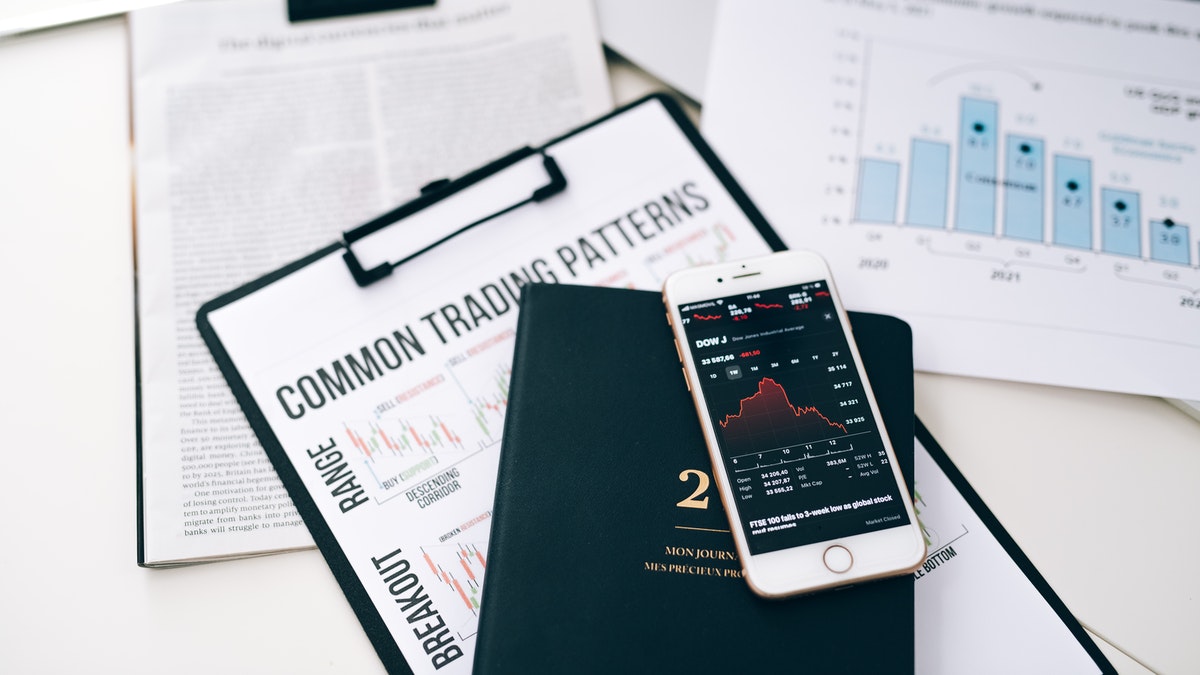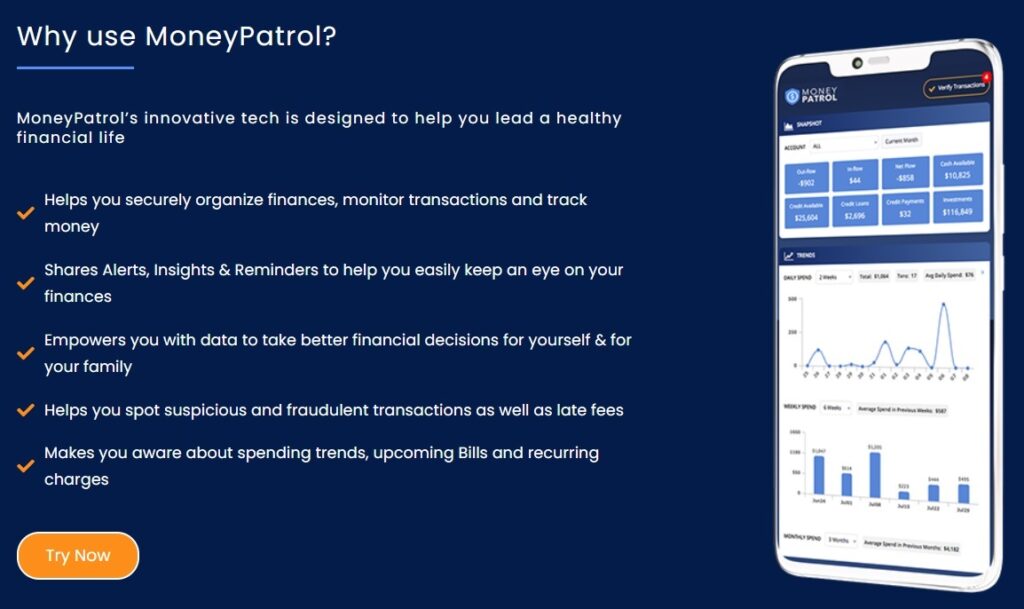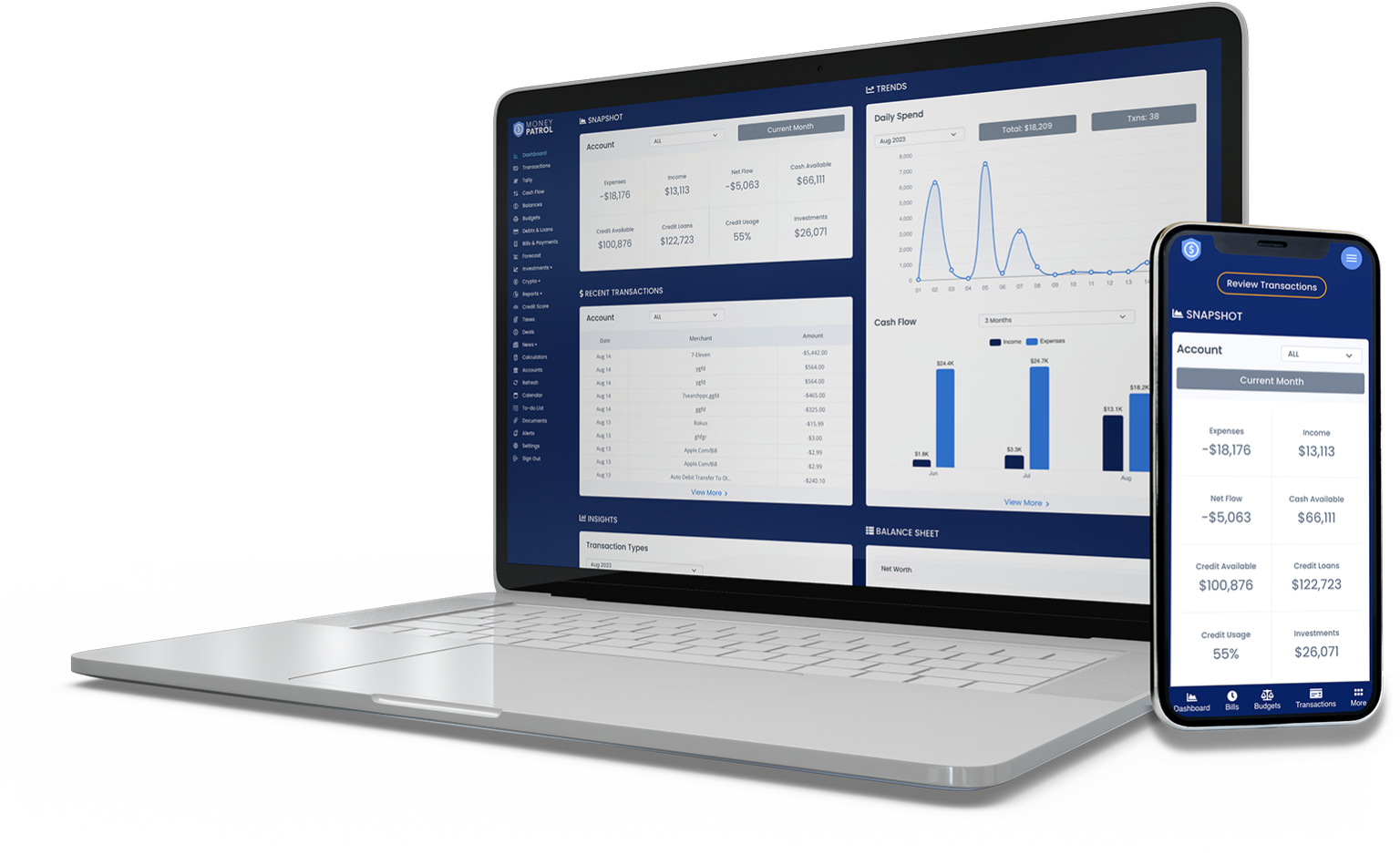An exchange-traded fund (ETF) is a bucket of securities you buy or sell on a stock exchange through a brokerage firm. They are among the most valuable and essential products created for individual investors in modern years. If used wisely,
ETFs offer many advantages and act as an excellent tool to accomplish an investor’s investment goals.
- The number of outstanding shares of an ETF, unlike a corporate stock, can fluctuate daily due to the ongoing issuance of new shares and repurchase of existing shares.
- The capacity of an ETF to release and repurchase shares continually maintains the market rate of its underlying securities in line.
During the day, whenever the stock markets are open, an ETF can be bought and traded just like a business stock. An ETF, like a stock, has a ticker symbol, and an intraday price index is easily accessible throughout the trading day.
They are presented in virtually every conceivable asset class, from conventional investments to current alternative assets like currencies or commodities.
- Additionally, innovative ETF structures let investors gain leverage, short markets, and evade short-term capital gains taxes.
ETFs were initially known as unit investment trusts (UITs). A unit investment trust (UIT) is a mutual fund that acquires a set portfolio of investments and afterward sells shares of those securities.
According to this structure, dividends are stored in an interest-bearing acct, from which they have been put into the ETF once a quarter. Because tips are retained as cash rather than invested, the wait in supporting them can have a modest negative impact on the ETF’s total performance.
- Other exchange-traded funds (ETFs) are organized as open-end funds. This arrangement is similar to a standard mutual fund design in that the investment company regularly offers and redeems new shares. Dividends can be reinvested immediately in an open-end structure.
Despite being created for individual investors, investment firms play an essential part in the ETF’s liquidity and tracking authenticity by buying and selling creation units, which are vast blocks of ETF shares that may be swapped for bundles of the underlying securities.
Institutions use the arbitrage mechanism provided by creation units to pull the ETF price back to the actual asset value when the ETF price detracts from the base asset value.

1. What is an Exchange-Traded Funds (ETF)?
There are types of ETFs on the market.
A restricted set of market players known as authorized participants (APs) deals directly with ETFs in the primary market, creating or exchanging ETF shares in return for cash or the base securities.
All other individuals can exchange ETF shares on venues or over-the-counter in the secondary market.
- APS benefit from their unique situation in the primary market by taking advantage of arbitrage opportunities coming from price differences between ETF shares and the value of the core portfolio, ensuring that the two are closely aligned.
Rather than letting portfolio manager use their best judgment to purchase and sell specific stocks, they seek to duplicate the results of a specified index.
- Diversification is generally cited as one of the essential advantages of investing in ETFs.
Strategic planning is a management approach that spreads assets across diverse or independent asset classes and businesses to minimize the severity of market fluctuations and achieve a balance in your portfolio. Because ETFs hold shares in multiple firms rather than just one, they can help diversify a portfolio.
ETFs are often passively managed, which is a crucial feature of many (but not all). While the assets contained inside an ETF are diverse, investing solely in ETFs does not ensure a diverse portfolio.
Consider this scenario:
If you buy in 3 independent ETFs that all follow indexes connected to the tech industry and that industry experiences a slump, your entire portfolio could suffer.
So don’t be fooled into thinking that ETFs will make your portfolio completely diversified and balanced.
Market ETFs are created to follow a particular index like NASDAQ or the S&P 500.
Bond ETFs: These are made to offer exposure to virtually every type of available bond like corporate, US Treasury, municipal, high-yield, international, and more.
Bond ETFs are employed to offer investors a steady stream of income. The performance of the underlying bonds determines the distribution of their earnings.
Examples are government, corporate, and local and state bonds, often known as municipal bonds.
Unlike their underlying assets, Bond ETFs do not have a set maturity date. They usually trade at a discount or premium to the underlying bond price.
Sector and industry ETFs: These are created to provide exposure to particular industries, like pharmaceuticals, oil, or high technology.
Sector or industry ETFs are mutual funds specializing in a particular industry or sector. Companies operating in the energy industry, for example, will be included in an energy sector ETF.
Industry ETFs are designed to provide exposure to an industry’s upside potential by following the company’s performance in that sector. One illustration is the IT sector, which has seen a recent flood of capital.
- At the same time, because ETFs do not require actual ownership of shares, the downside of an erratic share price is also limited.
Commodity ETFs: these are made to track the prices of commodities like oil, gold, corn, and more.
- Commodity exchange-traded funds (ETFs) invest in crude oil and gold commodities.
Commodity ETFs have several advantages. They first broaden a portfolio, making it simpler to hedge against market downturns. - Commodity ETFs, for example, can act as a safety net in the event of a stock market downturn.
Second, holding stock in a particular ETF is less expensive than owning the commodity itself. It is because the earlier does not require insurance or storage.

Style ETFs are designed to follow an investment market or style capitalization focus, like small-cap growth and large-cap value.
Foreign market ETFs are created to track non-US markets, like Hong Kong’s Hang Seng index or Japan’s Nikkei Index.
- Currency exchange-traded funds (ETFs) are pooled investment instruments that evaluate currency pairs’ progress that includes domestic and abroad currencies. Currency exchange-traded funds (ETFs) have a variety of uses.
They would be used to speculate upon currency prices based on a country’s political and economic trends.
- Importers and exporters use them to diversify their portfolios or hedge for instability in the FX markets.
Sure of them have also been employed as a form of inflation protection.
Inverse ETFs are made to profit from a downfall in the index or the underlying market.
Shorting is the act of selling stock and then repurchasing it at a lower price, anticipating a price drop. Too short a store, an inverse ETF employs derivatives. By shorting equities, inverse ETFs try to profit from stock falls. They are, in essence, betting that the market wills make.
- When the market falls, the value of an inverse ETF rises proportionately. Investors should be aware that most inverted ETFs are exchange-traded notes (ETNs), not actual ETFs.
Actively managed ETFs: They are designed to do better than an index! Unlike other ETFs that are designed only to keep track.
Exchange-traded notes (ETNs): These are debt securities supported by the creditworthiness of the issuing bank. It is made to give access to illiquid markets, and it comes with the added benefit of virtually producing no short-term capital gains taxes.
- An ETN is a bond that trades like a share and is guaranteed by a bank or other issuer. Consult with the broker to see if an ETN is a better match for your investment strategy.
Alternative investment ETFs: Innovative structures, like ETFs, let investors gain exposure or trade volatility to a specific investment strategy like covered call writing or currency carry.

2. Some key Facts about ETA
ETFs are bought and sold like company stocks when the stock exchanges are open. An ETF has a ticker symbol, similar to a store. You can easily acquire the intraday price data during the trading day.
- The number of shares outstanding of an ETF can change daily, unlike a company stock.
The redemption of existing shares or the continuous creation of new shares are two significant reasons.
- An ETF’s ability to redeem and issue shares continuously keeps its market price in line with its underlying securities.
Although it is primarily made for individual investors, institutional investors play a significant role in preserving the liquidity and tracking integrity of the ETF. It is accomplished by selling and purchasing creation units, vast blocks of ETF shares that you can trade for baskets of underlying securities.
Institutions use the arbitrage mechanism afforded by creation units when the ETF price deviates from the underlying asset value. It is done to bring the ETF price back in line with the underlying asset value.
3. What are the Advantages of Exchange-Traded Funds?
Lower transaction fees and costs: ETFs typically have considerably lower expense ratios than a similar mutual fund. Their exchange-traded nature places usual prices on the exchange or brokers, contrasting with a mutual fund, which bears the cost in aggregate.
Market accessibility: ETFs have led the initiation of exposure to asset classes that were formerly hard for individual retail investors to access, like gold bullion or other commodities, emerging markets, bonds and equities, cryptocurrencies, and the forex market.
An exchange-traded fund can be leveraged, sold short, or margined, and it can present opportunities to use sophisticated trading strategies.
Transparency: Mutual funds or hedge funds do not operate as transparently as ETFs. Institutional investors, hedge funds, and mutual funds usually report their holdings quarterly.
- It leaves investors without an idea of whether the fund adequately manages risks or merely follows its stated investment strategy.
In contrast, ETFs usually disclose their daily portfolio. It helps the investor uphold better awareness of exactly how and where their money is invested.
Price Discovery and liquidity: ETFs are more liquid than mutual funds as they can be bought and sold in secondary markets all through the day. Their redemption mechanism continuously balances out the arbitrages in pricing as they generally trade close to their actual Net Asset Value.
- It brings the price of ETF shares back to its fair market value.
- The mutual fund manager might trade equities to meet client redemptions or achieve the fund’s goals.
The fund’s shareholders may face taxed profits if they sell their shares.
Redeeming ETFs isn’t a problem because they’re similar to stocks.
Furthermore, administrators of index-based ETFs typically conduct trades in reaction to variations in their index, resulting in higher tax efficiency.
The ease with which ETFs can be traded may increase motivation and encourage trading.
- As a result, there’s a chance you’ll make a market mistake shifting the stocks in and out of the market at the wrong times.
There are brokerage commissions to pay.
ETFs may be best adapted for just a purchase investor or someone buying a majority of shares at once and then following a systematic investing plan.
Diversification: Adding diversification to the portfolio with an ETF could be a good idea. We are acquiring stocks of a tech industry ETF, for example, may be less hazardous than receiving stock of a single technology stock because an ETF might have shares of various technology firms.
- Investing in ETFs is handy because they allow you to buy and sell at any time. ETFs can also be used to make intraday transactions.
- It would help if you didn’t have to worry about rebates with Exchange Traded Funds because market activity only affects the transfer of units, not the AUM.
As a result, the tracking error of index ETFs can be smaller than that of an index fund. As a result, they are a practical investment alternative.

Conclusion:
An exchange-traded fund (ETF) is a collection of securities that trade like stocks on a stock market. Unlike mutual funds, which only really trade in the day after the market closes, ETF share prices fluctuate throughout the day as the ETF is purchased and sold.- ETFs can hold various assets, including equities, commodities, and bonds; some are exclusive to the United States, while others are global. ETFs have lower expense ratios and lower broker commissions.
- Many ETFs are indexed-based, and indicator ETFs must report their holdings daily.
- ETFs often provide lower capital gain dividends than actively managed mutual funds, making them tax efficient.
- Investors can place a range of classifications made with mutual funds because they are traded like stocks.





 Our users have reported an average of $5K+ positive impact on their personal finances
Our users have reported an average of $5K+ positive impact on their personal finances
